What is Comparative Advertising?
Comparative advertising is an advertising method wherein a brand may either assert its direct superiority or insinuate it through indirect suggestions about other competing products. Machines making evident comparisons often run side by side for display on parameters of quality, price, or traits of one sort or another. Not only does it put forth an educational aspect for consumers, but it also inclines them toward better purchase decisions. When handled with dexterity, comparative advertising offers the earthy credibility and interest pathway that few brands can traverse to rise in a pack of numerous alternatives.
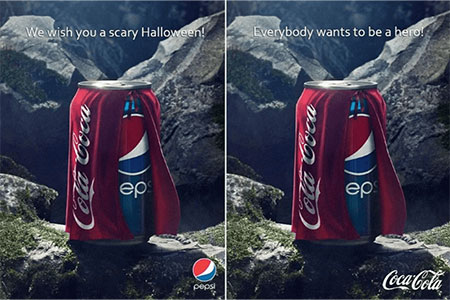
Why to use Comparative Advertising?
Being strategic, comparative advertising goes on to achieve brand differentiation in an overcrowded marketplace. Points of strength are openly highlighted vis - a - vis competitors, thereby nudging consumer opinion towards the company. It elicits recall of the brand and benchmarking of the same due to credibility, and helps achieve better conversion rates. In a way, price-consciousness, quality-consciousness, or value-consciousness drives recognition of that brand-to decisions on the brand's behalf, to cementing brand positioning-top-of-mind recall for the consumers.
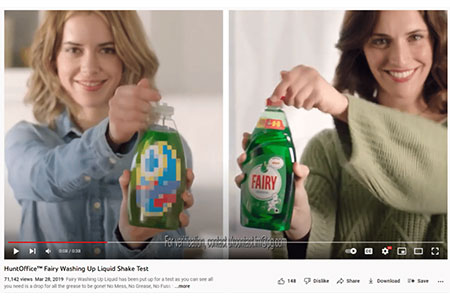
Examples of Comparative Advertising
The Mac vs. PC campaign, running for decades, is a classic example of comparative advertising, suggesting in a lighthearted way the larger performance and design differences. Another example would be those cheeky Pepsi commercials that blatantly compare its taste with Coke through blind taste-testing. These campaigns entertained as well as embedded themselves in memory by emphasizing brand excellence in the minds of consumers. The power does not only come from comparison, but from how memorably the message is communicated and consumed.
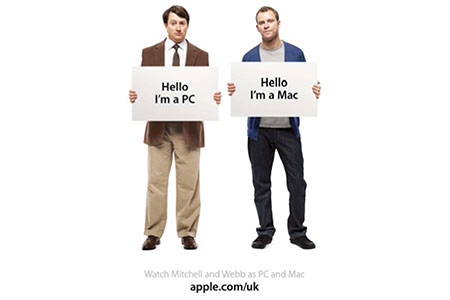
Benefits of Comparative Advertising
Make your brand visually appealing
Comparative advertising gives creative freedom to launch your brand boldly and visually compellingly. Transparent and sly comparisons make your brand more memorable instantly. Comparative advertising draws attention and subtly celebrates design, identity, and appeal, features that stick around. Visually augmented comparisons don't tell them, show them why your brand warrants a second look, opening doors to deeper consumer interaction.
Increase brand recognition
While customers keep on witnessing your brand boldly placed beside a competitor, it clearly generates familiarity and recognition. Comparative advertisement gains through this by emphasizing the strengths in an extravagant manner. Whether product feature, price, or value is employed for comparative advertising, these itemized comparisons stick to consumers' minds. With repeat instances through time, this enhances brand awareness, and you end up being the first name mentioned when customers are in the mood for a buy.
Attract more followers and customers
In today's era of speed in the online world, simplicity is something that people crave. Comparative advertising gives it to them in a straightforward manner, with black-and-white reasons to choose your product over another. When brands directly assert their advantages, it builds trust and interest, resulting in increased clicks, shares, and follows. By removing the pain points from the customer through easy comparison, you're not just selling a product, you're giving a smarter choice, which can lead to repeat customer growth and a larger following.
Stand out from the competition
A brand requires distinctive qualities which enable it to stand out within competitive markets. The brand achieves distinction by using comparative advertising that delivers authentic messages showing its unique qualities against its competitors. The straightforward approach attracts customers immediately and positions your brand at the forefront of innovation and progressiveness. A brand becomes easier to recognize when it positions itself as the superior choice in a comparison between two options.
Highlight the value of your products
Value remains the primary factor that drives customers to make purchases yet comparative advertising enables businesses to express their value proposition effectively. The comparison method enables businesses to explain their better quality features or lower prices so customers understand the reasons behind their product or service value. The show-don't-tell approach demonstrates benefits to customers which strengthens their perception of brand value. Customers better perceive the difference between your brand and competitors as well as the reasons to switch to your product.
Encourage customers to try something different
Consumers are anchored in brand routines, yet comparative advertising breaks the conventional wisdom. By exposing consumers to transparent and truthful comparisons, you lead customers to try alternatives they might not have thought of otherwise. It's not about undermining the opposition, about highlighting why your product could be a better match. That spark of curiosity can lead to trial, the door to brand passion.
Foster brand loyalty
Comparative advertising, when carried out honestly and over a period of time, breeds confidence. With continuous reminders of your positives over the long term, you ensure customers that they have made the correct choice. This confidence is what helps in the transition from infrequent buyers to consistent repeat customers. If consumers perceive your brand as the better, superior offering, they will certainly stick with you even when new players join the market.
Use insights and data to your advantage
Successful comparative advertising is data-driven. Supporting your assertions with quantifiable information not only makes your assertions more credible but also establishes trust with your buyers. Whether performance statistics, poll results of customer satisfaction, or price advantages are in question, data-driven comparisons put you on firm ground. They also give you a competitive advantage where you can optimize campaigns, counter competition with a mind, and connect number-literate consumers on another level.
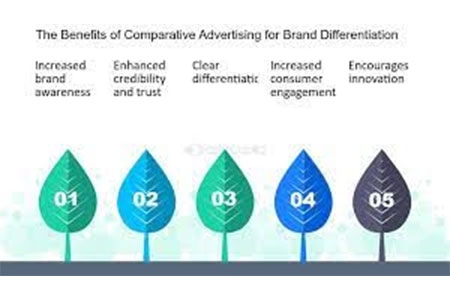
Challenges of Comparative Advertising
Legal Risks
Comparative advertising can readily skip over legal obstacles if claims are false or unsubstantiated. Comparative or unsubstantiated false claims or comparisons may cause litigation, regulatory actions, or enormous fines. Marketers must see to it that all comparisons are valid, equitable, and properly sourced. Keeping the law is not an option, doing so is crucial in order to preserve your brand reputation and prevent costly repercussions.
Brand Reputation Damage
While offending comparisons will create attention, they risk backfiring if found too aggressive or unfair. If taken as an attack rather than a message, it will hurt your brand reputation. People do appreciate being treated with respect and sincerity, losing these through poorly made comparative advertising can be hard to regain and can harm long-term brand equity.
Consumer Confusion
Comparative advertising requires clarity to be effective. If it is complicated or confusing, it ends up making consumers uncertain of exactly what is better. Baffling comparisons will confuse the brand message, undermine credibility, and ultimately cause lost opportunities. Clear and straightforward communication is the secret to avoiding misinterpretation and establishing your brand for the correct reasons.
Ethical Concerns
The center pew is for the delicate balance of focusing on strengths and putting others down. If comparative advertising is too negative or if the tone is uneasy, the ethical alarms can be triggered, especially among value-conscious consumers. Businesses need to find an equilibrium: highlight your value without putting others down. Ethical advertising builds trust and gives protection to the long-term reputation in the value-driven marketplace.
Negative Backlash
A provocative comparative ad campaign can create public indignation if it comes across as insincerely, abrasively, or otherwise ineptly comparing. Backlash has a propensity to spread quickly on social media, damaging your brand far beyond showcasing your initial ad. Tone, motivation, and openness matter. Comparisons that have an attack taste provoke criticism rather than applause, often even from consumers and competitors.
Increased Competitor Aggression
Comparative marketing approaches frequently elicit negative reactions from rival brands in the form of counter-advertising or litigation. The vigorous competition among brands usually results in fierce brand battles, and attention diverts away from the original promotional subjects. Brands have to evaluate their preparedness for possible rival resistance and test if their message can endure competitor examination.
Message Misinterpretation
Even with positive intentions, comparative advertising has the potential to be misconstrued. A nuanced variation in comparison can be taken as being offensive, or a true statement be taken in the wrong way. Misinterpretations such as these weaken your message and confuse your customer. By maintaining your message direct, your tone right, and facts as facts, your message remains in harmony with your brand values, and customer expectations.
Complexity in Measurement
Comparative advertising effectiveness is not necessarily straightforward. Unlike other campaigns, it is more difficult to establish the impact with brands competing for focus in the message. Metrics of engagement or conversion may indicate attention rather than preference. To be effective, marketers have to deploy a mixture of analytics, surveys, and tracking over time, which introduces cost and complexity.
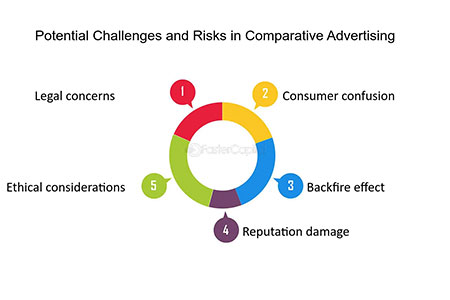
Rules of Comparative Advertising
Comparative advertising, although legal in almost every country, is subjected to very stringent legal and ethical tests. Advertisers were asked to make truthful claims verifiable by evidence without being deceptive in any way. According to US FTC, the comparison should be truthful and not misleading. Fairness and neutrality are enforceable principles under EU law. Brands cannot defame or mislead. To stay compliant, businesses may seek to verify facts, cite credible authorities, or speak with respect about competitors.

Conclusion
Comparative advertising offers an extremely powerful marketing opportunity if applied with strategy and integrity. Brave acts of comparative advertisements are standout differentiation and do influence consumer buying choices but really require a lot of care. The trick is in balance: be truthful, be respectful, and put the consumer first. When executed properly, comparative advertising works more like persuasion, conversion, and long-term brand equity versus just comparison.
FAQs
Indeed, comparative advertising is lawful in most countries, provided that it is truthful, not deceptive, and compliant with local advertising practices and trade traditions.
It helps customers make a well-informed choice since the superiority or worth of a product is brought to the limelight, and that consequently might steer their purchasing decisions towards your brand.
An effective comparative ad depends on honest claims, effective messaging, effective emotional appeal, and an appealing value proposition substantiated by facts.
In the United States, it's governed by the FTC; the EU requires fairness and truthfulness; in India, guidelines from the ASCI require ads to be honest and considerate.
FMCG, technology, telecommunication, and automotive industries often employ comparative advertising to emphasize product specifications, price, or performance when compared to rivals.



